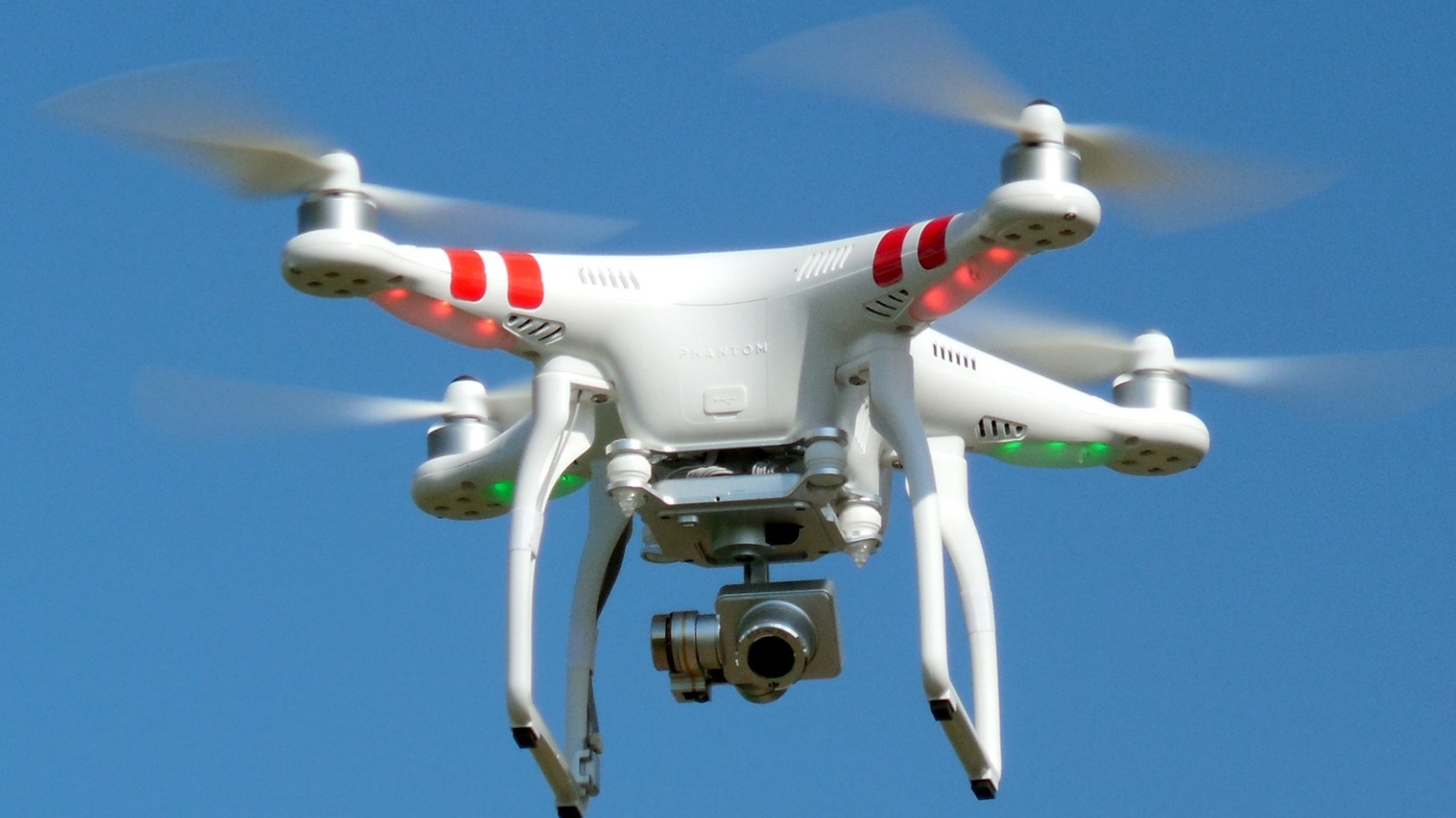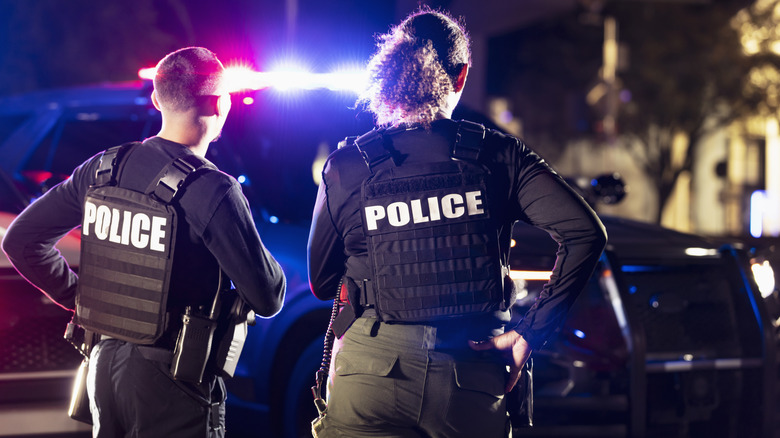Drones can be a lot of fun for enthusiasts, and they have commercial applications as well. You can use them to survey damage to a roof far more safely than with a ladder and your standard issue eyeballs, and that’s only one of many uses. People enjoy racing them in competitions or flying a drone to a remote location to film animals they otherwise couldn’t see, as there are many drones marketed to photographers.
Needless to say, the options are endless, and sadly, this includes annoying your neighbors by flying directly over their properties. When this happens, it can be annoying or even frightening if you’re unfamiliar with the typical buzzing sound a quadcopter makes. Some might see a drone and wave at it with a big smile on their face, while others might run inside to grab their shotgun. Firearms are fairly common in the United States, so it stands to reason that some might turn to their trusty gun to deal with an overhead imposter.
While this may seem like a wise and legal option, it’s neither legal nor safe. In fact, the Federal Aviation Administration (FAA) prohibits firing at an aircraft of any kind, including drones. As most responsible gun owners know, what goes up must come down. Shooting at a drone and missing causes the buckshot or bullet to careen high and then fall. This could potentially cause serious injury or death. There are other reasons one shouldn’t fire their gun at a drone, but regardless of the situation, it’s illegal to shoot them down.
Why you can’t shoot down a drone over your own property
Even though you own the land where you live, you don’t have complete control of the air. Homeowners do have air rights, which differ from state to state. Typically, this is limited to around 500 to 1,000 feet because that’s where the FAA’s authority comes into play. Unfortunately for anyone hoping to blow a wayward drone out of the sky legally, strict rules remain about what you can do with your airspace, and shooting things isn’t one of them.
Per the FAA, shooting at any aircraft poses a safety hazard. When a drone is hit by gunfire, it will likely crash, and this could happen on your property or elsewhere. That damaged drone could seriously injure someone or damage property. Additionally, depending on the drone’s altitude, it could collide with other aircraft. Violating this rule could result in a civil penalty issued by the FAA or criminal charges from the jurisdiction in which you live, so don’t go shooting at drones under any circumstances.
Doing so violates federal law under Title 18 U.S. Code § 32: The Aircraft Sabotaging Act. The act covers numerous threats to aircraft, including using a bomb to blow up a plane, but it still covers drones despite their size and commercial availability. Specifically, the act relates to anyone who “sets fire to, damages, destroys, disables, or wrecks any aircraft in the special aircraft jurisdiction of the United States or any civil aircraft used, operated, or employed in interstate, overseas, or foreign air commerce.”
Some less dangerous options for countering drones sans firearms
For pilots, there are ways they can get into trouble while flying their drones, so it’s not as if they have the impunity to operate them wherever they want. There are ways to disable or take down drones without firearms, but they could still violate the Aircraft Sabotaging Act. Check with local law enforcement before you use any of the following methods to stop a drone. You could start out by informing the authorities and filing a complaint. If the drone is being operated illegally, the FAA will get involved, and you won’t have to put yourself at legal risk.
Some might attempt to blind a drone with a handheld laser pointer, but this is absolutely illegal and should never be attempted. If you mess up and blind an airline pilot, you’re probably going to spend a lot of time behind bars. You could purchase a signal jammer, but they’re also illegal for a variety of reasons. If you inadvertently jam FAA frequencies, you’re going to be in a heap of trouble. Also, signal jammers are incredibly expensive, leading to another option: use your own drone.
This is also a violation of the Aircraft Sabotaging Act, but you could go on a destruction derby with your own drone. This would likely bring it out of the air, but it would probably damage your drone just as badly as the other one. Finally, there are net guns you could use to shoot at a drone and bring it down, but as you’ve likely already surmised, this too is illegal. Until the law is changed, the only way to legally deal with an overhead menace is to contact the authorities.



